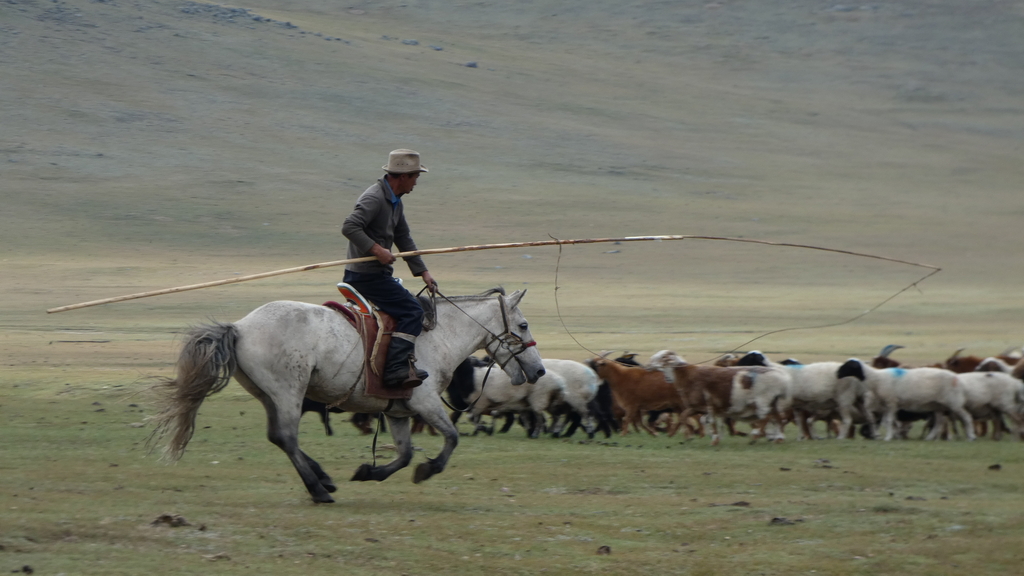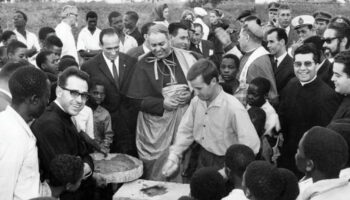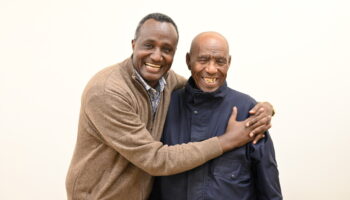
Since 2003, the Consolata missionaries have been working in Mongolia an Asian country five times the size of Italy, but with only three and a half million inhabitants (2.2 people per square kilometer), half of whom live in Ulaanbaatar, a cold and polluted capital, but also full of museums.
By Jaime C. Patias *
Its geographical position is very important for the country. Mongolia – in fact – is landlocked. It borders Russia to the north and China to the south and east, two countries that have marked its history – often in a negative way. Before the arrival of China and Russia, however, the country had known the glories of the Empire founded by Genghis Khan in 1206, the undisputed hero of all Mongols.
Video reportage by journalist Paolo Moiola
About three-quarters of Mongolia’s surface area is made up of steppes and grasslands, which are home to 71 million animals: sheep, goats, cattle (including yaks), horses, but also – in particular, in the Gobi Desert – camels. The animals are raised by nomadic shepherds, also known for the originality of their mobile tents known as “gher”. Today, nomads make up about 30 percent of the Mongolian population.
The most widespread religious faiths are shamanism and Tibetan Buddhism (of which – it is worth remembering – the Dalai Lama is the highest representative). For the rest, the Kazakh minority follows Islam. While Christianity is the religion of 1.3 percent of the population. Mongolian Catholics are led by Cardinal Giorgio Marengo, IMC, Apostolic Prefect of Ulaanbaatar and a group of missionaries.

It should also be noted that only in 1990, with the birth of democratic Mongolia, did freedom of religious expression return to Mongolian citizens.
For a more in-depth look at all this, here you can find (in italian) the report by Paolo Moiola, editor of the Missioni Consolata magazine.
* Father Jaime Patias, IMC, Communications Office.



